Introduction
In the vast realm of culinary exploration, seaweed has emerged as a versatile and nutritious ingredient, captivating the hearts and palates of chefs and home cooks alike. Among the myriad varieties of seaweed, fresh kelp stands out for its robust flavor, umami-rich profile, and an array of health benefits. However, the question often arises: how long should one cook fresh kelp to retain its nutritional value and delightful texture? Specifically, is boiling fresh kelp for three minutes sufficient to achieve the desired results? This article delves into the intricacies of cooking fresh kelp, examining the nuances of preparation, the impact of cooking time, and the myriad ways kelp can enhance your culinary repertoire.
Understanding Fresh Kelp
Kelp, scientifically known as Laminaria digitata or other related species, belongs to the brown algae family. It thrives in cold, nutrient-rich ocean waters and is a staple in coastal cuisines worldwide. Fresh kelp boasts a high mineral content, including iodine, calcium, magnesium, and various trace elements, making it a powerhouse of nutrition. Its texture can range from tender to chewy, depending on the species and preparation method.
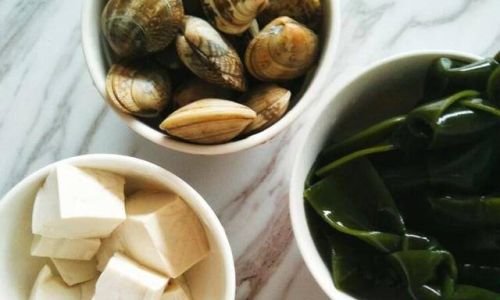
When sourcing fresh kelp, it’s crucial to choose specimens that are vibrant in color, free from slime or decay, and have a mild, oceanic aroma. Fresh kelp can be found in specialty markets, farmers’ markets, or directly from sustainable harvesters. Once acquired, proper storage is key to preserving its freshness; wrapping it in damp paper towels and storing it in the refrigerator can extend its shelf life for a few days.
The Importance of Preparation
Before diving into the cooking process, proper preparation of fresh kelp is paramount. This involves thorough rinsing to remove any sand, salt, or debris that may have adhered to the algae during harvest. Soaking kelp in cold water for about 30 minutes can further help to soften it and make it more pliable, facilitating easier slicing or tearing into desired shapes and sizes.
It’s worth noting that the preparation method can vary slightly depending on the intended use of the kelp. For instance, if you plan to use kelp in a soup or stew, larger pieces might be preferable to maintain some texture. Conversely, for salads or sushi rolls, thinner strips or shredded kelp are more suitable.
The Cooking Process: Boiling Fresh Kelp
Now, let’s tackle the central question: is boiling fresh kelp for three minutes adequate? The answer, as with many culinary endeavors, lies in a balance of factors, including the desired texture, the specific type of kelp, and personal preference.
Initial Boiling
When boiling fresh kelp, start by filling a large pot with water. The water should be salted, as this enhances the kelp’s flavor. Bring the water to a rolling boil before adding the prepared kelp pieces. The moment kelp hits boiling water, its cellular structure begins to break down, releasing its natural juices and flavors into the cooking liquid.
The Three-Minute Rule
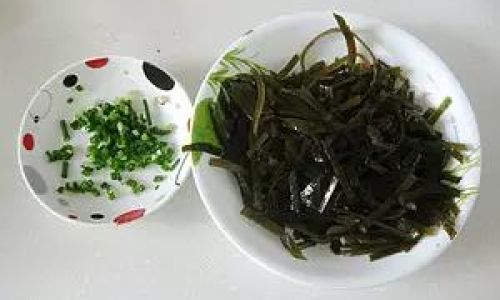
Boiling fresh kelp for three minutes can indeed yield a tender, yet slightly firm texture, ideal for dishes where you want the kelp to retain some bite. This cooking time is particularly suitable for thicker pieces of kelp or recipes where the kelp is meant to be a prominent ingredient, such as kelp noodles or kelp-based salads.
However, three minutes might be too brief for softer varieties of kelp or if you prefer a more melt-in-your-mouth consistency. In such cases, extending the boiling time by an additional one to two minutes can achieve the desired softness. Conversely, if you’re aiming for a crunchier texture, boiling for less than three minutes might be preferable.
Testing for Doneness
The best way to determine if your kelp is cooked to perfection is through visual and tactile inspection. After the initial boiling period, remove a piece of kelp and let it cool slightly. Taste and check its firmness. If it’s tender yet retains some structure, it’s likely ready. If it feels too rubbery or too soft, adjust the cooking time accordingly.
Post-Boiling Care
Once cooked, immediately remove the kelp from the boiling water to prevent overcooking. You can then plunge it into an ice water bath to halt the cooking process and preserve its vibrant green color. This step is especially crucial if you plan to use the kelp in dishes that require it to maintain its shape and texture, such as sushi rolls or salads.
The Impact of Cooking Time on Nutrition and Flavor
The duration of cooking fresh kelp has a significant impact on its nutritional profile and flavor. Boiling kelp for a shorter period, such as three minutes, helps retain more of its vitamins and minerals, particularly water-soluble nutrients like vitamins B and C. Prolonged boiling can lead to nutrient loss, as these compounds leach into the cooking water.
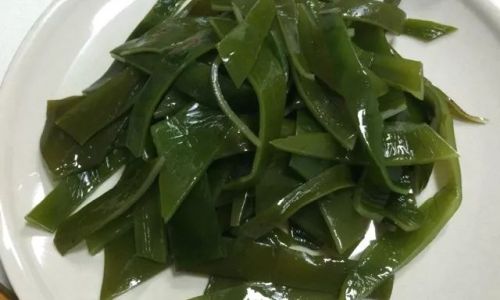
Flavor-wise, brief boiling preserves kelp’s natural, oceanic aroma and umami-rich taste. Longer cooking times can intensify the flavor but may also result in a more muted, earthy taste due to the breakdown of volatile compounds.
Versatile Uses for Cooked Kelp
The versatility of cooked kelp knows no bounds. Here are just a few ideas to inspire your culinary creativity:
- Kelp Noodles: By slicing cooked kelp into thin strips, you can create homemade kelp noodles that are a delightful, low-carb alternative to traditional pasta.
- Salads: Add cooked kelp to seaweed salads for a burst of nutrition and texture. Combine it with sesame seeds, rice vinegar, and soy sauce for a tangy, savory treat.
- Soups and Stews: Incorporate cooked kelp into fish or vegetable soups to enrich the broth with its umami flavor and add a touch of sophistication.
- Sushi Rolls: Use cooked kelp as a wrapper for sushi rolls, providing a unique, nutritious twist on a classic dish.
- Stir-Fries: Add cooked kelp to stir-fries for an extra layer of flavor and crunch. It pairs wonderfully with vegetables, tofu, and seafood.
- Smoked Kelp: For a smoky, savory snack, try smoking cooked kelp over low heat. The result is a delicious, chewy treat that’s perfect for parties or as a healthy snack on the go.
Conclusion
In conclusion, boiling fresh kelp for three minutes can indeed yield a delightful result, especially if you’re aiming for a tender yet slightly firm texture. However, the optimal cooking time ultimately depends on the specific type of kelp, its intended use, and personal preference. By paying attention to preparation, carefully monitoring cooking time, and experimenting with different applications, you can unlock the full potential of fresh kelp in your kitchen.
Remember, kelp is not just a culinary curiosity but a nutrient-dense, flavorful ingredient that can elevate your dishes to new heights. So, the next time you’re at the market, consider picking up some fresh kelp and embark on a culinary journey that’s as deep and diverse as the ocean itself. Happy cooking!
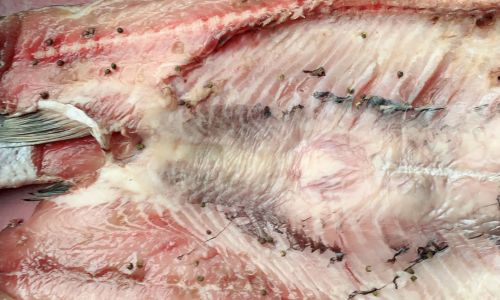
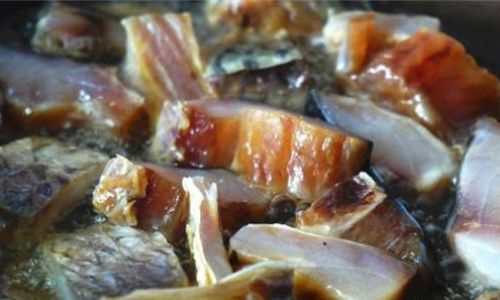
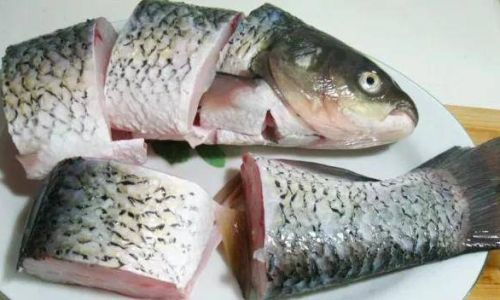
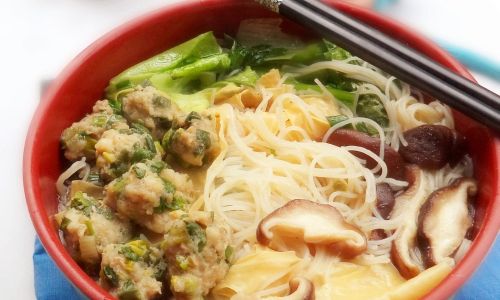
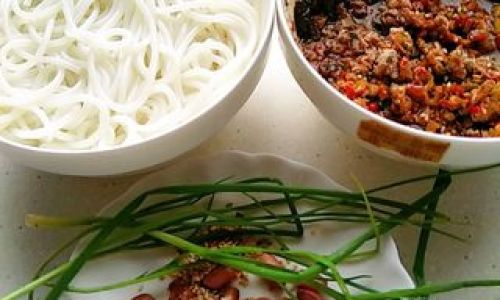
0 comments